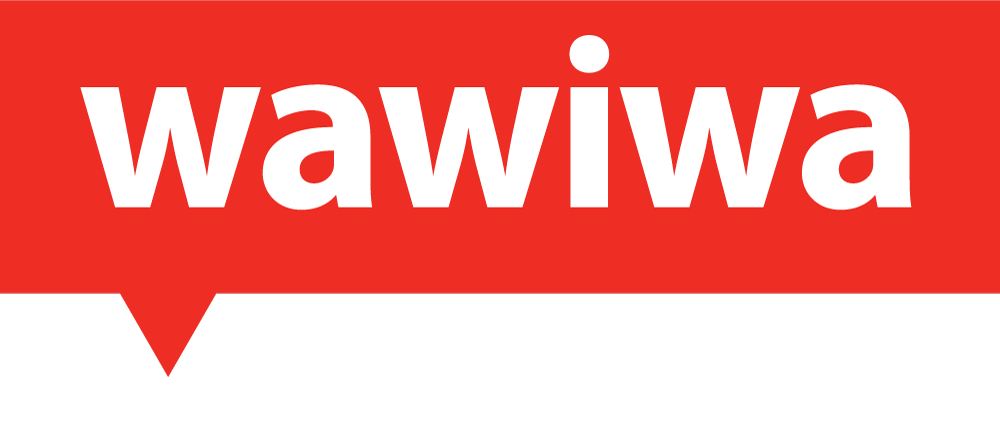The past two years have seen massive shifts and transformations in the ways of teaching and learning. Cohort-based learning is the learning style that has risen to the top. Read here to find out why.
One of the most beautiful things about learning is its versatility. There are various learning styles that accommodate students’ goals and how they like to be taught. Independent-minded people thrive in self-paced courses, learning diligently when time allows. Some find excitement in large lecture halls with hundreds of other students, soaking in all the class material like a sponge.
While these contrasting styles of learning both have their benefits, one specific style is more commonly practiced in education and has been known for its effectiveness amidst the global pandemic. Known as “cohort-based learning,” this style emphasizes collaboration and teamwork to form a tight-knit group of students that work, learn, and grow together.
What is Cohort-Based Learning?
Cohort-based learning is a collaborative style of learning where a group of students advance through a common course or program together, simultaneously, often from start to finish.
Typically conducted in smaller groups of 15 to 35 students, cohort members have identical assignments, coursework, and deadlines, and move at the same pace. This style of learning transcends modality and can be experienced in both online synchronous learning and in-person settings.
A strong emphasis of cohort-based learning is given to the notion of the “flipped classroom”. In a traditional setting, students attend class to learn material together and handle their assignments on their own time. In a cohort-based program, students may learn the necessary material at home through online lectures and reading materials, and focus the live component of the classroom on tackling difficult assignments together, group exercises, and questions for discussion.
The Benefits of Cohort-Based Learning
The goal of cohort-based learning is to create a supportive and engaging learning environment that helps students stay on track and achieve their educational goals. Some of its benefits are:
- Social support: Students in a cohort form close bonds with their classmates and offer emotional and academic support throughout the learning process. This sense of community can boost motivation and engagement.
- Collaboration: Cohort-based learning encourages students to engage collaboratively on projects, assignments, and discussions, which promotes collaboration, problem-solving, communication skills, and more efficient exchange of knowledge.
- Networking: Students in a cohort have the opportunity to make professional contacts with their peers, which can lead to future collaborations and job prospects.
- Accountability: The cohort format encourages a sense of accountability among students, as they are accountable to their peers for their success and involvement. This can result in increased commitment and improved overall performance.
- Personalized learning: Teachers can tailor their teaching tactics and materials to the unique requirements and interests of the cohort, resulting in a more personalized learning experience.
- Constant feedback: Students in a cohort receive regular feedback from their peers as well as their teachers, allowing them to fine-tune their abilities and understanding throughout the course.
- Shared experiences: Cohort members go through the same learning experiences, which can lead to deeper discussions, knowledge sharing, and a stronger feeling of community.
- Knowledge retention: The supportive environment of a cohort can help students stay motivated and devoted to their studies, leading to higher retention and completion rates.
- Improved learning: Cohort members’ different viewpoints and experiences can enrich the learning environment, encouraging critical thinking, creativity, and a greater knowledge of the subject matter, leading to better learning outcomes.
- Seamless transitions: As students advance through the program together, they may more easily traverse new courses, expectations, and problems, resulting in a more seamless educational journey.
Cohort-based Learning vs. Self-Paced Learning
Cohort-based learning and self-paced learning are two distinct ways of learning, each with its own set of benefits and drawbacks. Cohort-based learning is an organized strategy where students learn together in groups, advancing through a program or course at the same speed. Self-paced learning, on the other hand, is a more adaptable method in which students work through content at their own pace and on their own schedule.
One of the key benefits of cohort-based learning is the sense of community it develops. Students are able to collaborate with and learn from their fellow students, developing strong connections and support networks. This can result in improved engagement and drive, as well as a deeper knowledge of the content.
Self-paced learning, on the other hand, is perfect for students who require scheduling flexibility. Students can complete schoolwork at their own pace and on their own time, without feeling the strain of keeping up with a group. This method also helps students to concentrate on the areas where they require the most assistance, spending more time on difficult ideas and moving swiftly through subjects they already understand.
Ultimately, the decision between cohort-based learning and self-paced learning will be determined by the individual student’s learning style, goals, and timetable. Both approaches have merits and can be beneficial depending on the setting and the needs of the student, but cohort-based learning has obvious benefits in that it effectively simulates the workplace environment, making it easier for the student to integrate into a job following graduation.
Cohort-based Learning vs. Traditional Education
Cohort-based learning and traditional education differ in a number of ways. On the one hand, cohort-based learning involves students working in a group to complete a curriculum and schedule. Traditional education, on the other hand, is more independent, with pupils proceeding through schoolwork at their own pace.
Another major difference is the level of interaction between students and instructors. In cohort-based learning, students have regular opportunities to connect with instructors and classmates, both in online discussion forums and in virtual or in-person meetings, in real time. In traditional education, student-teacher contact may be limited to class time and office hours.
Additionally, cohort-based learning frequently stresses practical, real-world applications of concepts and theories, while traditional education may focus more on theoretical knowledge. Cohort-based learning may also include more group projects and collaborative learning experiences, whereas traditional learning may place a greater emphasis on individual assignments and tests.
Cohort-based Course Platforms
Cohort-based learning is becoming increasingly popular, which is why more in-person and online educational platforms are offering options for cohort-based learning as part of their regular study programs. Here are some examples of popular tech training programs that apply cohort-based learning methods:
- Wawiwa Tech: the leading provider of tech training solutions, developed and tested in the Startup Nation, Wawiwa Tech recognizes the value of cohort-based training and implements it in all of its tech training programs, which reskill people to tech jobs in high demand in the most effective manner. Tech training programs offered by Wawiwa that enable cohort-based learning and collaborative projects include: Data Analyst, Data Scientist, Cybersecurity Analyst, Product Manager, UX/UI designer, and much more. Check out Wawiwa’s programs and embark on your cohort-based learning journey.
- EducateMe: A great platform that provides educators with cohort-based learning activities and tools. This is a great tool for educators providing access to online or hybrid courses because it integrates with Zoom, tracks and reports on course analytics, and enables recording of lessons. Educators can receive feedback from their students using the tool.
- EduFlow: Another awesome way to design cohort-based learning instruction is using this platform, which is great for designing corporate training. It provides a detailed outline of all the aspects that should be taken into account when designing a course, and even allows the design and distribution of the digital course material, all-in-one. Highly recommended for remote and digital cohort-based learning.
Cohort-based Learning and Coding
When it comes to utilizing the power and effectiveness of cohort-based learning, tech training in particular benefits even more than other domains. Working together with cohort members, in a face-to-face environment and even remotely, students learn tech skills like programming through immersive, hands-on exercises, and receive guidance from trainers and mentors to improve their newly earned skills.
Since one topic builds on top of another, all students need to complete their understanding of one concept to move to the next. Cohorts are constantly working together in teams on joint projects and assignments, not only get to work on their tech skills, but simulate the collaborative environment found in real-life tech teams.
Wawiwa Tech: A Leader in Cohort-based Tech Training
At Wawiwa Tech we fully recognize the value of cohort-based training and implement the methodology in all of our tech training programs, which reskill people to tech jobs in high demand in the most effective manner.
From meeting their cohorts on the first day of training to graduating together with job offers from top tech companies, Wawiwa’s students are constantly learning and working together, improving their teamwork and collaborative skills, completing team projects and hands-on exercises and forming lifelong friendships with like-minded professionals poised to enter the tech world.
Learning technology is exciting and fast-paced, but at times students may face difficulties. Based on their cohort-based learning experiences, Wawiwa students know that they will never have to face challenges on their own. Trainers and their cohort will always be there on their side, to make sure no one is left behind.
Having a cohort by one’s side makes the tech reskilling process easier, ensures fewer dropouts through the added social support, and makes the learning experience more fun and meaningful.
Enjoy the benefits of cohort-based learning for in-demand tech professions. Check out Wawiwa’s programs today.



